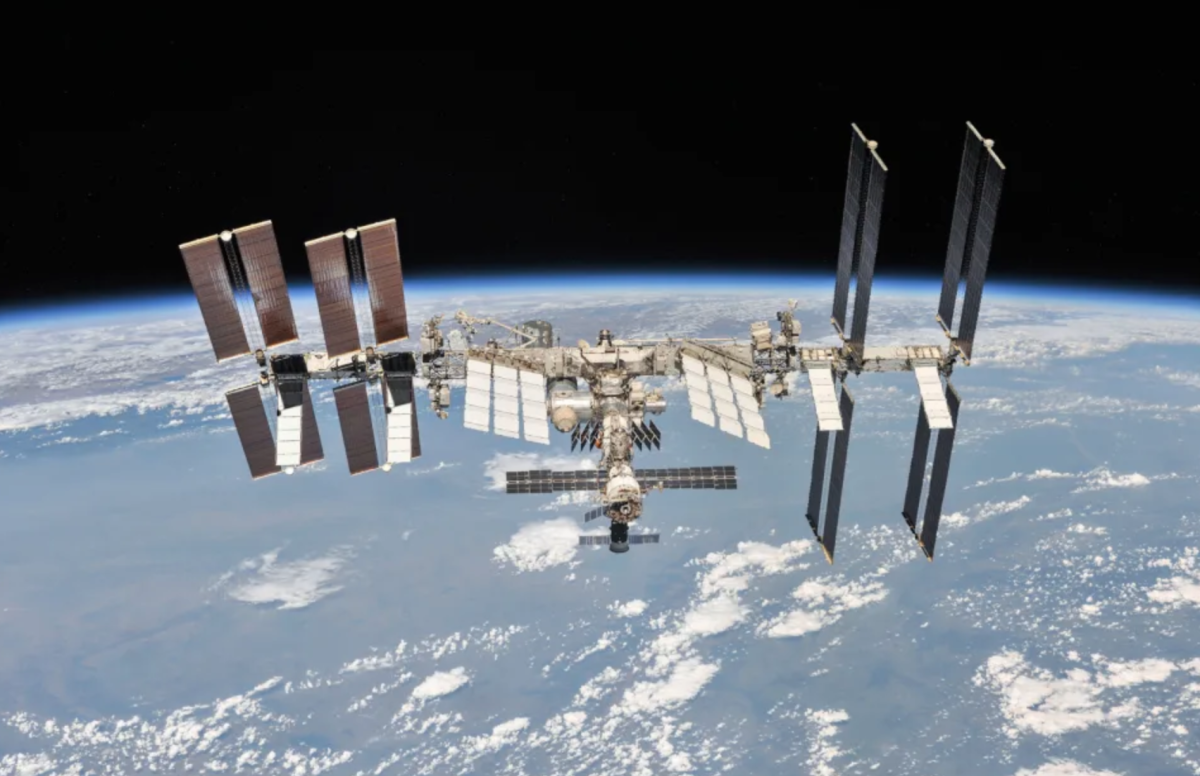SpaceX has been awarded a massive $843 million contract by NASA to develop a US Deorbit Vehicle and safely bring down the aging International Space Station (ISS) over the next 10 years. This is a mission of crucial importance as the ISS’s operational life is set to end in 2030. NASA is seeking a controlled and risk-free deorbit process to ensure the space station doesn’t endanger Earth.
What’s Happening & Why This Matters
The ISS has been orbiting the Earth since 1998, but it’s approaching the end of its life cycle. NASA doesn’t want the entirety of the space station to re-enter the Earth’s atmosphere uncontrollably, which is where SpaceX comes in. Under this $843 million contract, SpaceX will design and launch a US Deorbit Vehicle that will expertly guide the dismantled ISS into a specific location in the Pacific Ocean.
The spacecraft, dubbed the “US Deorbit Vehicle,” will be utilized to bring down pieces of the ISS into the Pacific Ocean, in an area called the “spacecraft cemetery.” This uninhabited region, situated between New Zealand and South America, is where previous spacefaring vessels have been decommissioned. This will be the final resting place for the ISS, with the deorbiting process expected to occur in three stages, beginning with the release of solar arrays and radiators, followed by the individual modules, and finishing with the primary structure.
Even as the ISS nears its end, the future of space exploration is bright with private organizations already preparing for the launch of their own space stations. Private space agencies like Vast, SpaceX, Blue Origin, Voyager, Lockheed Martin, and Nanoracks are making significant strides in constructing orbiting stations that could potentially replace the ISS, offering opportunities for astronauts to visit on a pay-per-visit basis.
TF Summary: What’s Next
The ISS ‘safe decomposition is an important procedure to ensure the safety of Earth and space travel. SpaceX’s contract with NASA is a major milestone that enables a smooth transition as the ISS’s long-term mission winds down. Private space stations can reignite space exploration and the deorbiting process will forge newer, more advanced collaborations in low Earth orbit.
— Text-to-Speech (TTS) provided by gspeech


